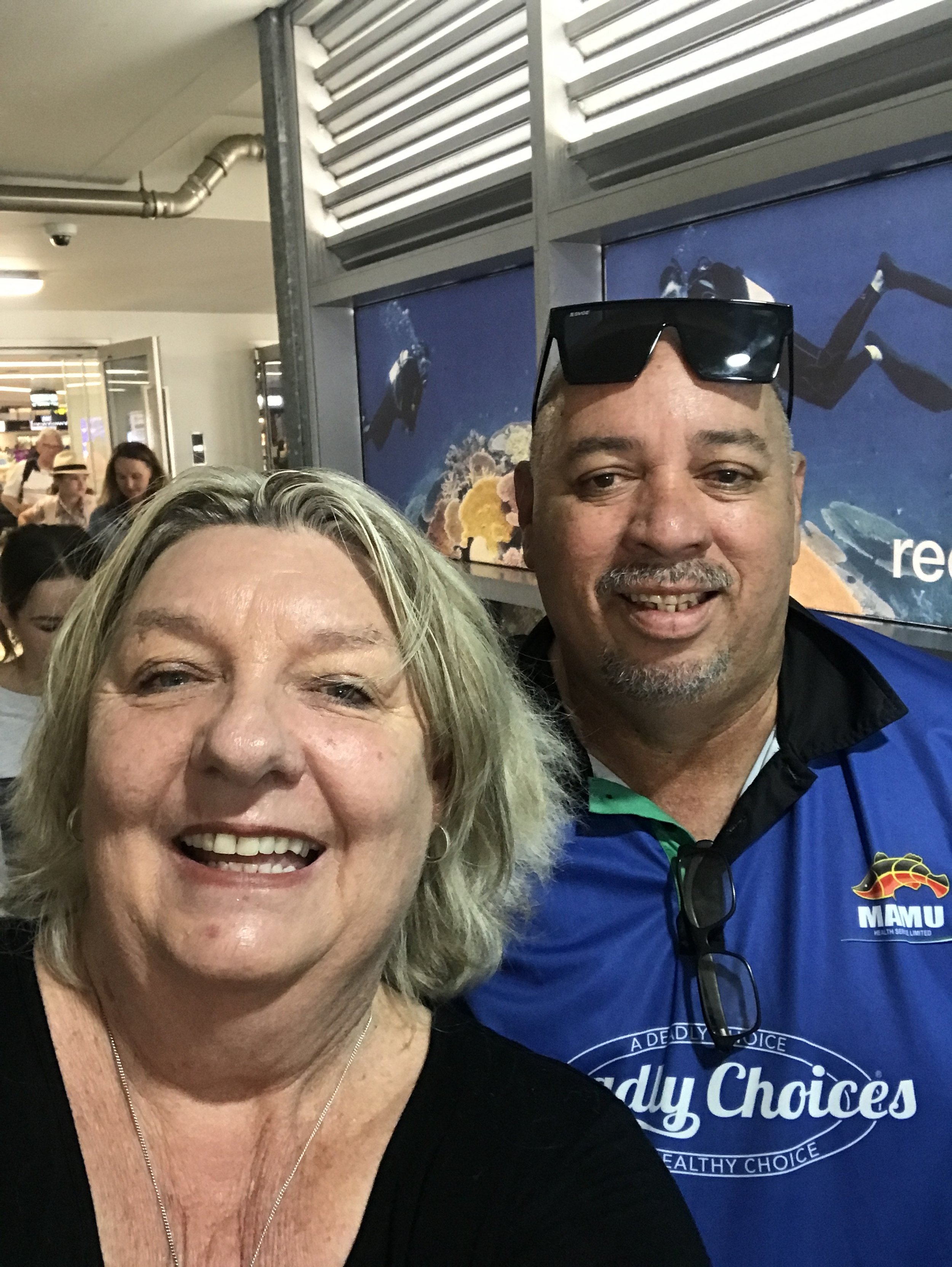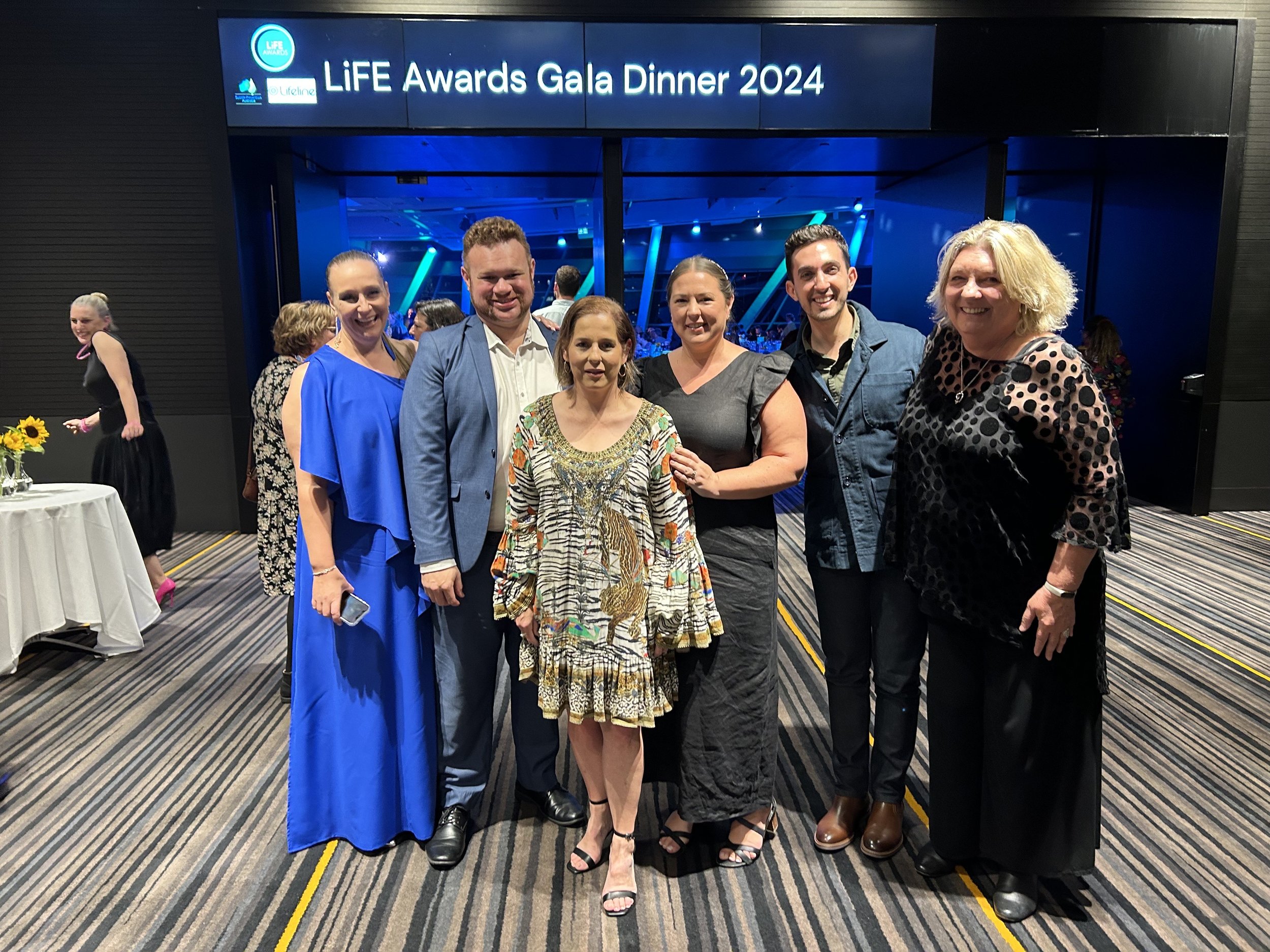Reflections on the National Suicide Prevention Conference: Collective Courage. Accelerate Impact
It was a privilege to attend the National Suicide Prevention Conference in Adelaide earlier this month.
I went looking for inspiration and ideas to feed into our work in the Life Promotion and Suicide Prevention FNQ Collaborative where our recent focus has been on systems, racism, education, stigma and language, access and family and domestic violence.
For me, it was day three when my tears started to flow as I sat in the session hosted by Richard Parker from the Whyalla Suicide Prevention Network and Courage Bug Productions. Unbroken: Using the Arts to Interrupt the Continuum between Self and Domestic Violence showed the links between domestic violence and suicide, and the power of offering an arts response.
Having worked with women and children escaping violence and volunteering in the arts for years, I thought this session would be familiar ground.
Perhaps I was tired or unprepared. Maybe it was the accumulative effect of being surrounded by so many dedicated and honest people working to make a difference.
But if I’m honest, the session reflected a number of full-circle moments for me and touched me personally. When we take time to reflect, often the origins of the things we are most passionate about can be found in our life experiences.
A conference on suicide prevention by its very nature has to be personal, it also has to be political.
Therefore it should be no surprise that one of the most riveting keynotes was delivered by an economist.
Professor David McDaid from the London School of Economics really stretched our thinking on how essential it is to make the economic case for suicide prevention. Of course, no economic study will ever be able to capture the immeasurable value of life, however, economics is a major factor in public policy so, no matter how uncomfortable talking about money makes us, it can make a difference.
It was a very persuasive argument and one we need to bring to the fore as we progress our work in suicide prevention.
Both the National Suicide Prevention Office and Suicide Prevention Australia presented compelling evidence about why it's time to focus on the Socioeconomic and Environmental Determinants of Suicide. It is in these areas that it becomes possible to open some of our thinking to the community rather than individual factors to suicide.
The release of the National Suicide Prevention Strategy for consultation in the coming months will bring a sharp focus to how we can shape and understand the future of our work.
Soundly based on cultural, historical and social determinants of suicide for First Nations people, Professor Tom Calma AO offered the Diego De Leo address and presented chilling data about high levels of discrimination linked to high rates of suicide and the uncomfortable truths as a result of colonisation both past and present. He also spoke hopefully about new policy partnerships and initiatives designed to address Indigenous suicide.
And of course, I cannot reflect on the conference without mentioning the wonderful keynote from Shane Fitzsimmons AO who guided us through his thoughts, insights and experiences on Leadership and Resilience during crisis events and uncertain, challenging times.
So life-affirming, I don't think there was anyone in the room who didn't want to either hug him or shake his hand. Shane invites us to understand that whatever our role is, we can be kind and humane in our approach.
While I struggle when we refer to our work as an “industry” or even a “sector”, throughout the conference, I came to more deeply appreciate the strength of so many different people all over Australia putting in the effort to make change collectively.
So as we shift to a more coordinated and interconnected approach under a National Strategy the small start-ups and locally driven initiatives come together to drive a movement for change.
Connectedness and a sense of belonging can make a meaningful difference. When we participate in events like walking or biking to raise money and awareness, one of the greatest benefits may be the sense of community and coming together that occurs during these activities. The act of joining with others for a common purpose can foster a powerful feeling of belonging and connection.




